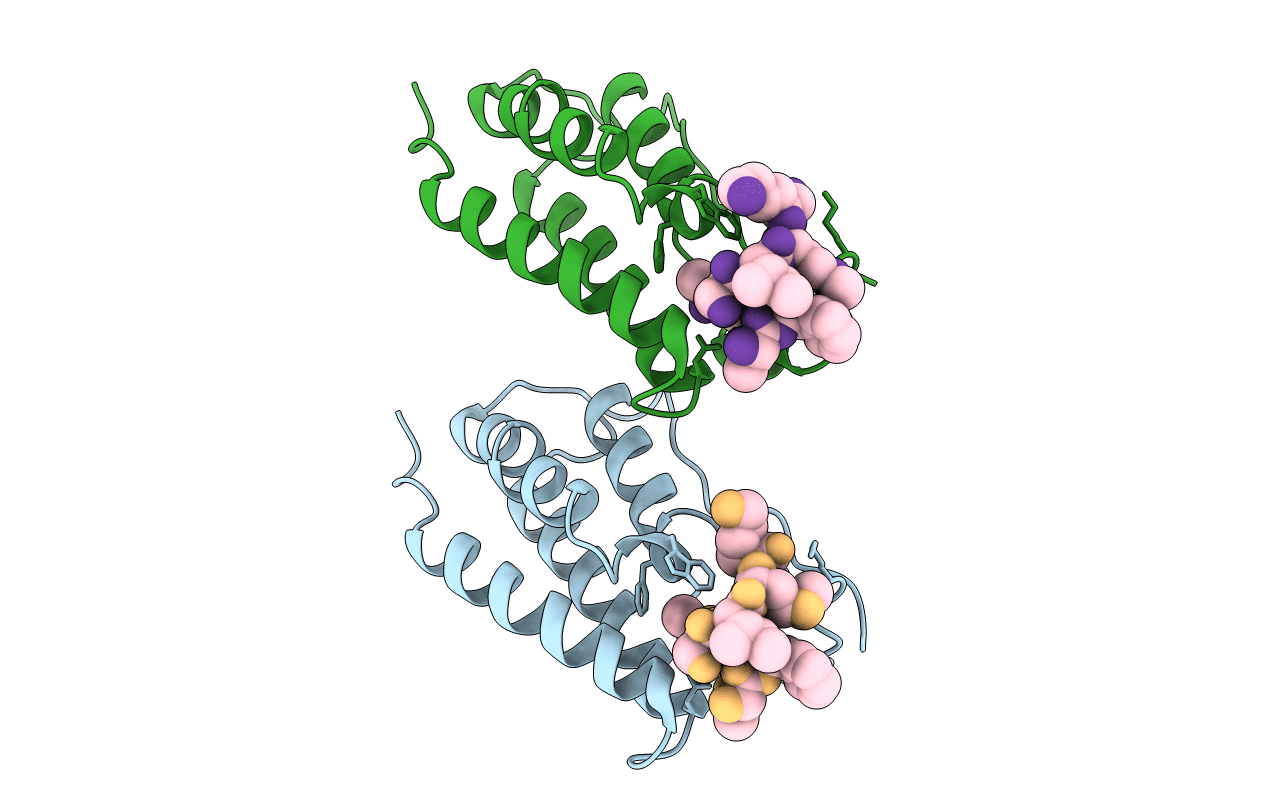
Deposition Date
2013-05-22
Release Date
2013-06-26
Last Version Date
2024-11-06
Entry Detail
PDB ID:
4KV1
Keywords:
Title:
Crystal Structure of Brd4 Bromodomain 1 in Complex with Acetylated Rel Peptide
Biological Source:
Source Organism:
Homo sapiens (Taxon ID: 9606)
Host Organism:
Method Details:
Experimental Method:
Resolution:
1.50 Å
R-Value Free:
0.22
R-Value Work:
0.19
R-Value Observed:
0.19
Space Group:
P 21 21 21


